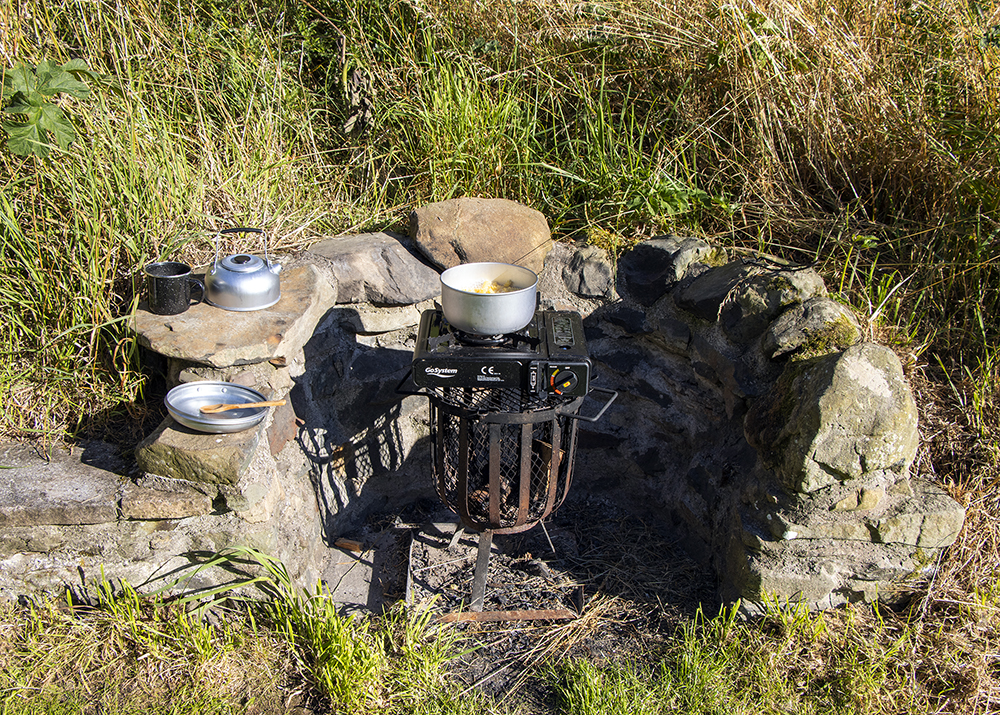As mentioned in my previous post, my 40 Before 40, I have put together a wishlist of sorts of birds I'd love to photograph. Some of these birds I have already photographed in the past, some I have seen in the wild but not had the chance to photograph, and others I could only dream of having seen!
If it wasn't clear that birds are a big part of my life, I'm sure you must be new here haha. I suppose you could say birds are my 'special interest' and every day of my life includes some bird-related activity - from feeding my garden visitors to going on nature walks photographing birds and editing photos to share with others just how lucky we are to share the planet with such creatures and how we must protect them.
Below is a list of 15 species I hope to have the pleasure of photographing in my lifetime.
-----
They are UK residents, part of the crow family, with gorgeous blue and purple colourings!
I have seen one Jay, though I was in the car and so obviously unable to take any photos.
Kingfishers are a very popular, famous bird that most non-birdy people would recognize if they saw them.
Upon looking more into Avocets, this amber status bird is actually stated on the RSPB website to be 'the emblem of the RSPB and symbolises the bird protection movement in the UK more than any other species'.
This sounds very amature of me but to be honest I didn't want to list just one species of Owl.
I'd be happy to photograph any of the handful British Owl species.
In the past, I have actually photographed many Owls and other birds of prey in captivity, so it would be magical to see them properly in their natural habitat.
Green Woodpeckers are another brightly coloured bird with a green body and red head, the largest of its family, and green UK conservation status.
I have never seen a Green Woodpecker, though they are year-round residents in the North East so fingers crossed I come across one someday!
Again, a green status bird, resident pretty much all over the UK and super duper cute!
They are the UK's smallest bird*, smaller even than Wrens so I assume that perhaps that is why I am yet to see one..?
Their bright yellow mohawk-type crest makes them pretty distinguishable and very punk haha.
The Golden Eagle, slightly smaller than the above, is actually of green status and most commonly seen in the Scottish Highlands.
On a recent visit to our local WWT I saw and photographed one on a feeder at a woodland hide.
I would like to get a close photograph though!
Greenfinch are of red status and like the name suggests are a green-coloured finch, confused by some with the Siskin.
They have really cool, black, white and orange markings which should make them somewhat easy to identify.
A big, beautiful woodland Grouse, Capercaillie are at risk of extinction so are sadly probably one of the least likely birds on this list for me to photograph.
They are declining and very rare, sticking to native pinewoods in Northern Scotland though are very sensitive to disturbance and conservation efforts are in place.
Read more about Capercaillie here.
Fieldfare
The image at the top of this post is a wonderful Fieldfare, photographed in my garden back in March of 2018.
This is the only time I have seen a Fieldfare, at the time I had to search online to find out what it was and I've wanted to see another since.
They are winter visitors, red status and part of the Thrush family.
As stated on British Trust For Ornithology website, 'Waxwings breed within the substantial belt of boreal forest, that extends from Scandinavia, through Russia and across to the Pacific coast'.
This brown bird seems like something straight from mythology and I love it!
They are amber status, summer visitors who are nocturnal and can be seen eating at dusk and dawn.
These three species are all wading birds of the same family which also includes Curlew, Sandpipers and much more.
Of amber, green and red statuses with the Snipe and Woodcock having resident colonies in the UK and the Jack Snipe being a winter visitor.
I'm hoping they might show their lush little faces at the wetlands centre at somepoint...
Cuckoo
Last but certainly not least is the Cuckoo.
With their telltale call, I'm sure you'd hear them before you see them.
They are red status, summer visitors and have a very unique way of raising their young...because they don't.
''Cuckoos are summer visitors and are well-known brood parasites. Instead of building their own nest, the females lay their eggs in other birds’ nests, especially meadow pipits, dunnocks and reed warblers. When a female cuckoo finds a suitable nest, and the hosts aren’t looking, she removes one of their eggs and lays her own egg in its place. Cuckoo young hatch after just 12 days, and push the hosts’ eggs or babies out of the nest, allowing it to eat all food brought by the host bird. By the time the cuckoo leaves the nest, it is far bigger than the host bird, but the adoptive parent continues to feed the young cuckoo for a further two weeks.'' - RSPB.org
-----































































